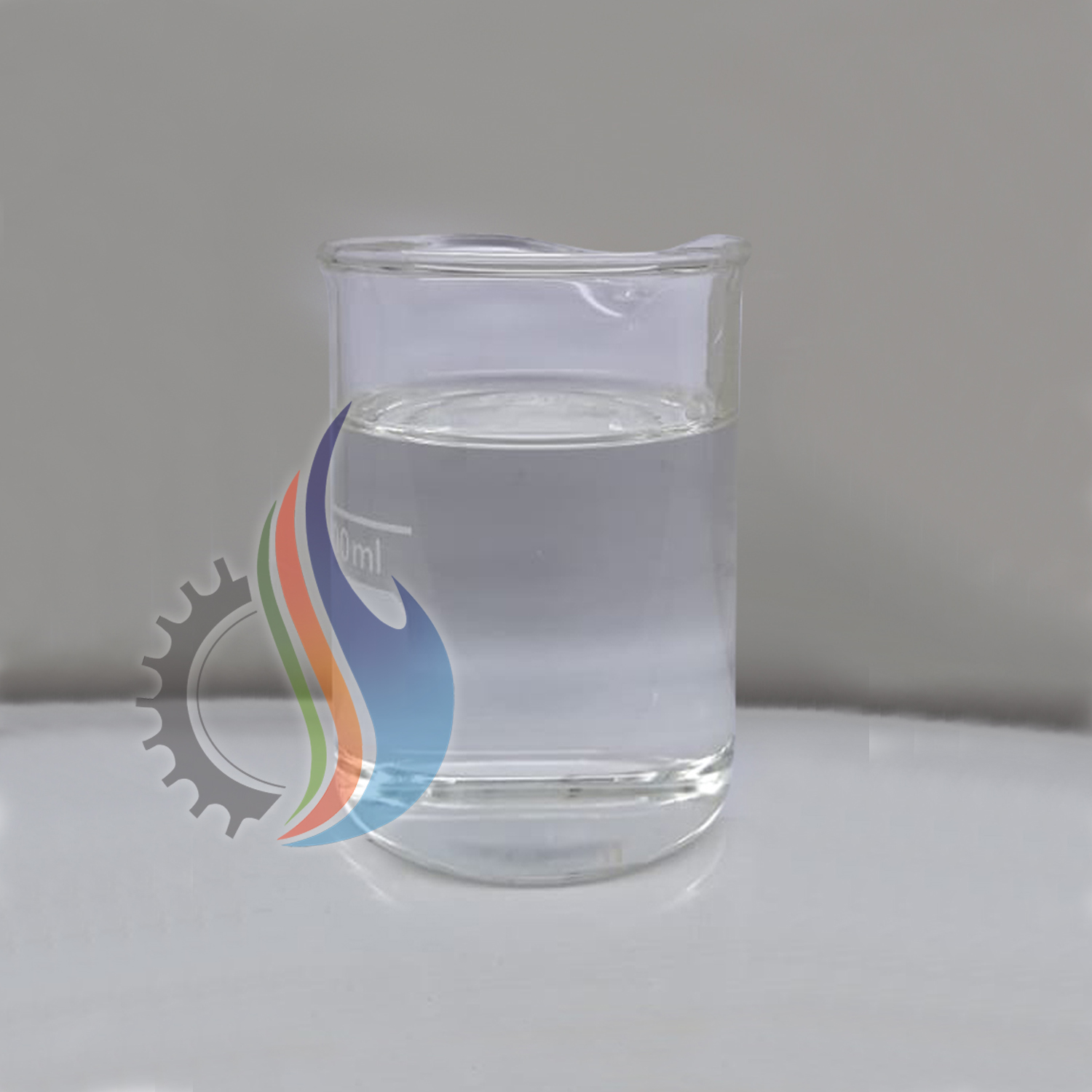
Diethylene Glycol (DEG)

Diethylene Glycol (DEG)
Other Names: Diglycol, DEG, 2,2-oxydiethanol and dihydroxy diethyl ether
Flashpoint (open cup): 143 °C (290 °F)
Autoignition Temperature: 229 °C (444 °F)
Boiling Point: 245 °C (473 °F)
Melting Point: -10 °C (14 °F)
Density: 1.12 at 20 °C (68 °F)
Log P: -1.47
All About Diethylene Glycol
Diethylene glycol (DEG) is an odorless, colorless, clear and viscose liquid with a sweet taste, which is produced from the reaction between water and ethylene oxide. In fact, it is the co-product of ethylene glycol alongside with Triethylene glycol (TEG). It is miscible with water, alcohols, acetone, ether and has the chemical formula of C4H10O3.
In terms of chemicals properties, diethylene glycol is similar to MEG (mono ethylene glycol), but it has a higher specific gravity, viscosity and boiling point.
Production of diethylene glycol is generally based on the demand for, and production of, Monoethylene glycol (MEG) as it is a by-product of this production process. The process consists of the oxidation of ethylene at a high temperature in the presence of a silver oxide catalyst. The ethylene oxide is then hydrated to yield diethylene glycol with Monoethylene glycol and Triethylene glycol as co-products.
The chemical industry tries to maximize the production of Monoethylene glycol in this process, however, diethylene glycol is a very useful by-product.
Uses
Diethylene glycol is used in the manufacture of saturated and unsaturated polyester resins, polyurethanes, and plasticizers. DEG is used as a building block in organic synthesis, e.g. of morpholine and 1,4-dioxane. It is a solvent for nitrocellulose, resins, dyes, oils, and other organic compounds. It is a humectant for tobacco, cork, printing ink, and glue. It is also a component in brake fluid, lubricants, wallpaper strippers, artificial fog and haze solutions, and heating/cooking fuel. In personal care products (e.g. skin cream and lotions, deodorants), DEG is often replaced by selected diethylene glycol ethers. A dilute solution of diethylene glycol can also be used as a cryoprotectant; however, ethylene glycol is much more commonly used. Most ethylene glycol antifreeze contains a few percent diethylene glycol, present as a byproduct of ethylene glycol production.
Diethylene glycol has a variety of uses in the industry. The tobacco industry makes use of its hygroscopic properties by utilizing it as a humectant in tobacco products to control the moisture of the tobacco filler. This same property also makes it useful in the treatment of paper, cork, glue, and cellophane and it is utilized as a dehydrant in the natural gas industry where it removes water from gas pipelines.
The compound is also used as a chemical intermediate in the manufacture of unsaturated polyester resins, plasticizers, acrylate and methacrylate resins, and urethanes.
Diethylene glycol is now being displaced by tri ethylene glycol in some of its applications as the lower toxicity of tri ethylene glycol makes it more appealing to manufacturers.
Storage conditions
Under nitrogen blanket and at ambient temperature.
Packing
Bulk or in 220 Kg new drums, each 4 drums strapped on a pallet.
